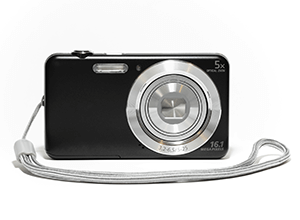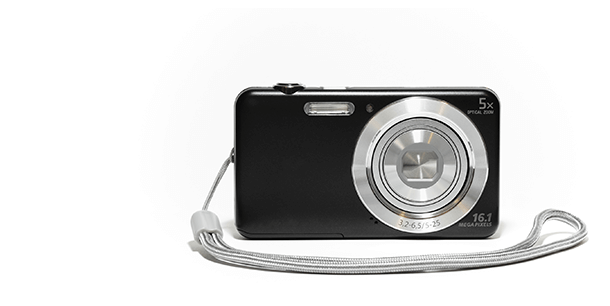 If you want great images for your business then a basic understanding of digital photography printing is a must. Let’s take a closer look at how resolution works so that you know exactly how your pictures are made up.
If you want great images for your business then a basic understanding of digital photography printing is a must. Let’s take a closer look at how resolution works so that you know exactly how your pictures are made up.
Understanding Image Resolution
Every time you take a digital photo, your image is made up of small individual dots known as – pixels. These are the tiny squares that are put together almost like pieces of a mosaic to create your pics. The resolution of your image is determined by how many of these tiny squares are packed together so it’s a way of saying how many pixels go across and how many pixels go from top to bottom.
Megapixels
A megapixel is 1 million pixels. An 8 megapixel camera (8MP) has approximately eight million small squares of information per inch versus your camera phone at 1.5 megapixels (1.5MP) which would only have one and a half million squares of information in an inch.
Pixels per Inch (PPI)
Resolution is also expressed by indicating how many pixels there are per inch (PPI) and it’s particularly important in digital photography printing because it’s what determines the actual print quality. So the more pixels you can squeeze into every inch then the better your print is going to be.
As a rule, good digital photography printing requires 300ppi which means that with 300 pixels filling every inch of your image then the naked eye won’t be able to make out the individual pixels. Your image will be sharp and appealing to the eye.
A word about Dots per Inch…
You may have heard that prints are determined by the number of Dots per Inch (DPI) due to printers using tiny dots of ink to make their pics. But don’t let this confuse you as the difference between dots and pixels is meaningless. So for now, simply think of a dot as the same as a pixel and it will make life easier for you and your business.
For great design and print solutions for your business, speak to the team at your local Kwik Kopy today.






